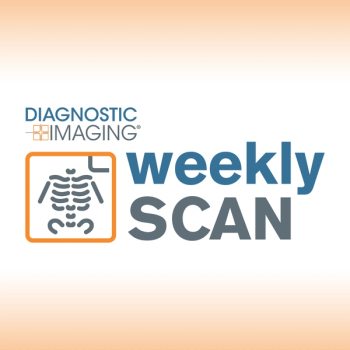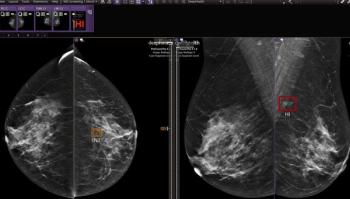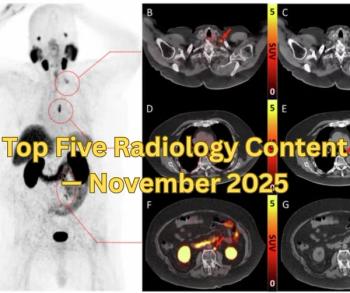
Screening MRI for Breast Cancer in Younger Women Sufficient
Routine screening with MRI for breast cancer among young women is sufficient.
Screening mammography is not needed in addition to MRI for early detection in younger women who are at risk for breast cancer, according to
Researchers in the Netherlands performed a retrospective review to determine if women younger than 40 who were at risk of breast cancer would benefit from supplemental mammography in addition to routine MRI screening.
The researchers analyzed 9,582 screening breast MRI examinations and 6,555 screening mammograms from 2,776 women who were screened between January 2003 to January 2014. Screening indication and age were obtained from patient records. These data were linked to the Netherlands Cancer Registry to identify all breast cancers. Of the cancers identified, imaging records were evaluated for mode and modality of detection.
The results showed that 179 cancers were identified, and 137 were screen detected; 13 by mammography alone. Eight of these cancers were ductal carcinoma in situ (DCIS) and the median age of the women was 55. Twelve of the breast cancers (92%) detected by mammography alone were found in women who were older than 40.
Three cancers (23%) were detected in BRCA mutation carriers, 5% of all screen detected cancers in BRCA mutation carriers, and two were diagnosed as DCIS in women older than 50.
The researchers concluded that adding mammography to screening MRI in younger women did not add value or detect more breast cancers. Added value for women over 40 is still limited, they added.
Newsletter
Stay at the forefront of radiology with the Diagnostic Imaging newsletter, delivering the latest news, clinical insights, and imaging advancements for today’s radiologists.



























